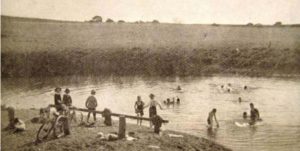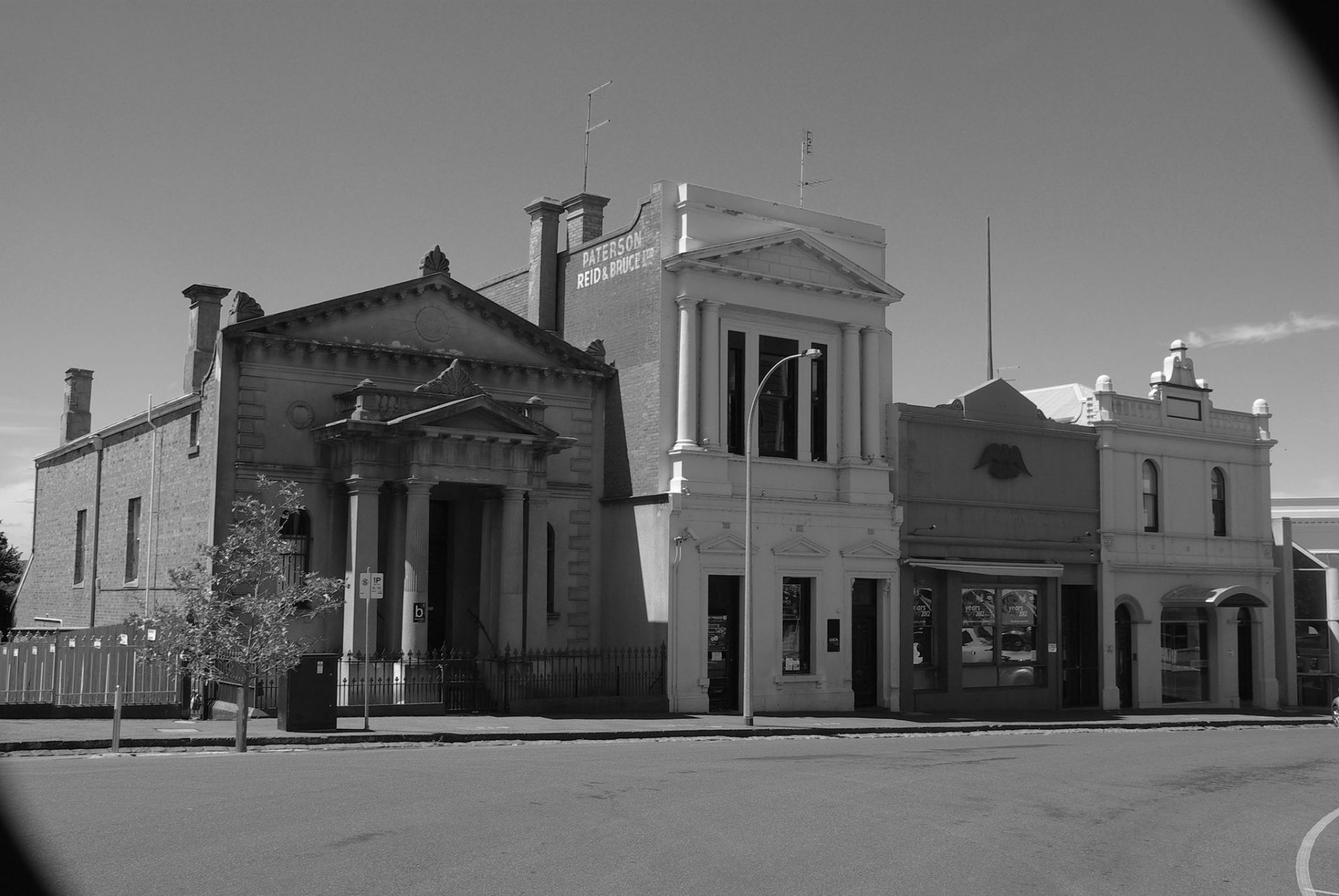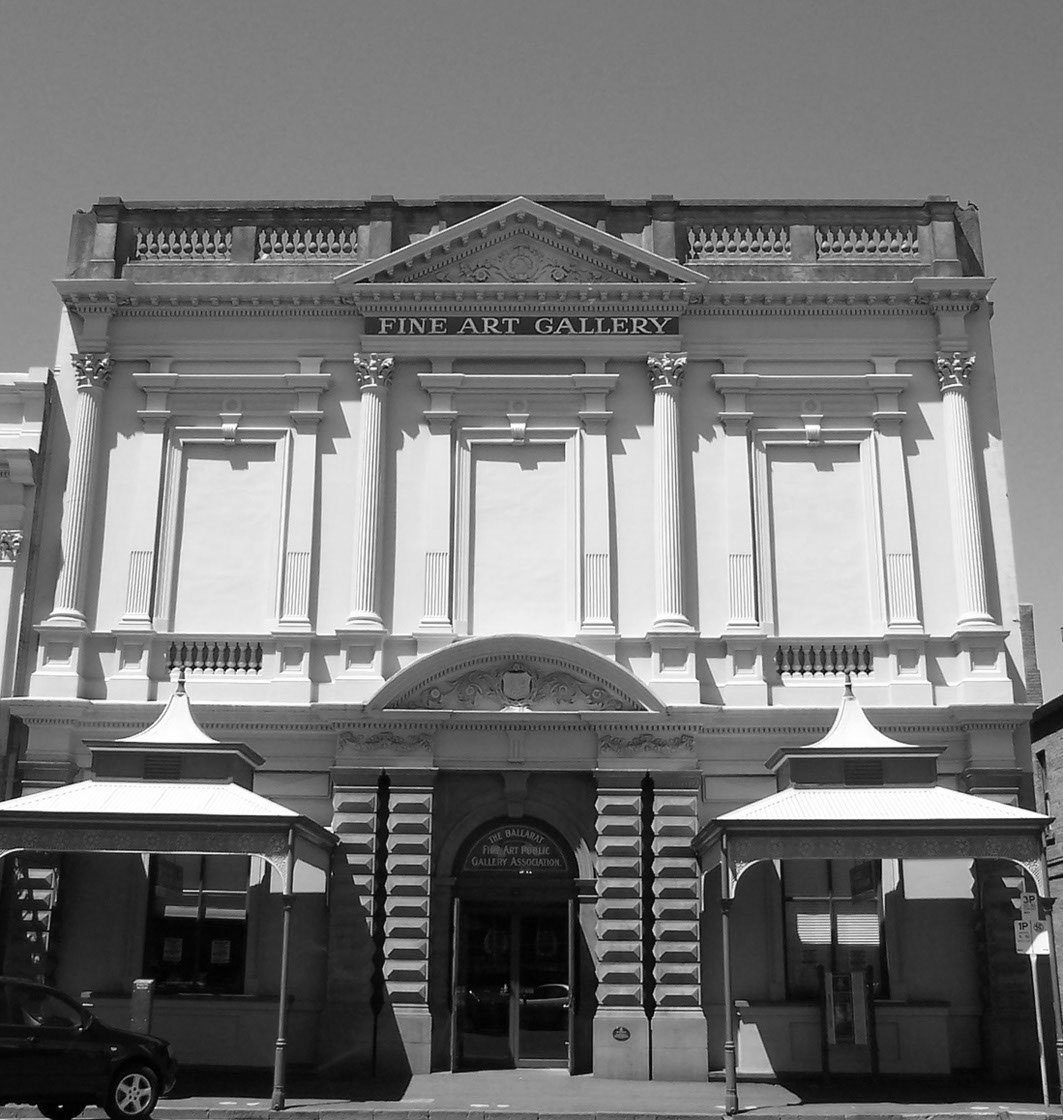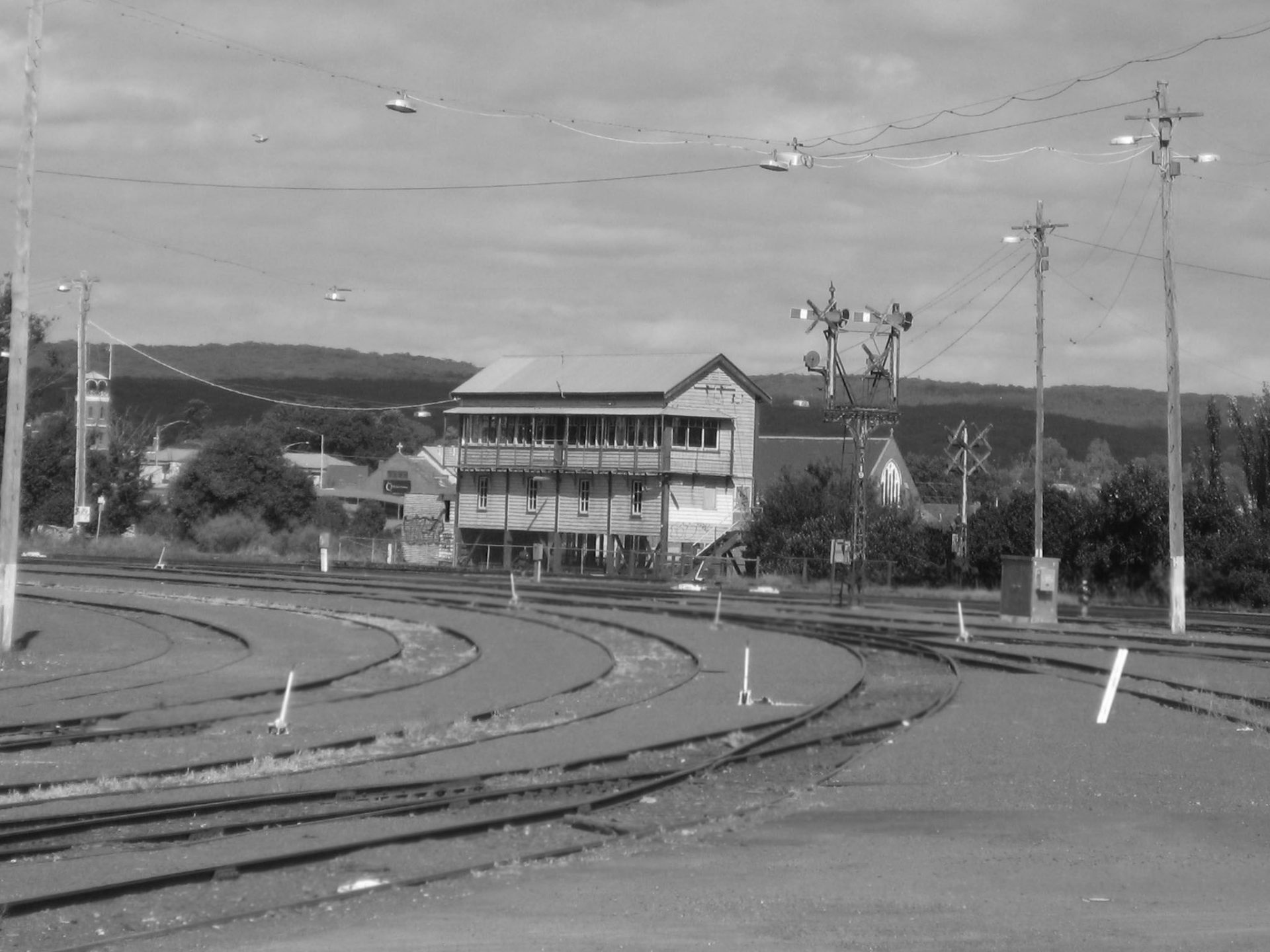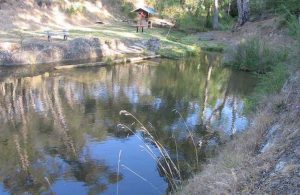Pre-Olympic Swimming Pools
Lisa Gervasoni
Introduction
The popular image of Australia is dominated by sun and surf. Swimming is core to this identity. In a country that values sporting achievement swimmers have long dominated our sporting success at Olympic level. In fact the freestyle stroke was originally known as the trudgeon stroke or “Australian crawl”. (White Hat Guide) Names such as Durack, Charlton, Kellerman and Beaurepaire, included in the International Swimming Hall of Fame (International Swimming Hall of Fame), did not come to prominence in an “Olympic Swimming Pool” as we now know.
 Australian’s swam in a variety of pools which can be categorised as:
Australian’s swam in a variety of pools which can be categorised as:
Ocean enclosures
River / creek enclosures
Quarries & Lakes
Small concrete structures (most with an inflow and outflow to a creek), often built post World War One and Two with funding from the Commonwealth of Australia. (Memorial Pools) Despite the importance of swimming to the Australian identity, of the 327 Victorian pools assessed as part of this paper, a minority have been identified on HERMES as sites under the Item Group “Recreation and Entertainment” and the Item Type “Baths / Swimming centre” and fewer have a statutory listing.
Many heritage studies undertaken in Victoria have utilised the Australian Historic Themes (Australian Heritage Commission, 2001). Swimming, baths and pools do not appear in the thematic structure. The closest theme is Theme 9: Developing Australia’s Cultural Life which has a subtheme of “going to the beach”. This does not naturally lead to the identification of swimming infrastructure not related to ‘the beach’. With the introduction of standard heritage themes for Victoria’s – Victoria’s Framework of Historical Themes released in 2010 swimming pools are clearly identified in Theme 9: shaping cultural and creative life; Sub theme 9.1 Participating in sport and recreation. The Heritage Victoria Database “HERMES”, utilised for all new citations in Victoria, includes a category “Recreation and Entertainment” and sub category “Baths/swimming centre”.
I believe most Victorian’s have a strong association to swimming and swimming pools. The pool is a place where you congregated with family and friends. My memories of Ash Wednesday are linked to the now demolished Kew Olympic Pool where I watched they sky change colour and smelt the ash in the air. Each subsequent fire event reminds me of the Kew Pool, who I was with and our discussions.
My interest in pre-Olympic pools started with the Hepburn Pool situated on Spring Creek. I would often think my father, grandfather and great uncle were teasing me when they would tell me that they swam there. There was no pool of my experience to that date – concrete, turnstyles and the smell of chlorine. Hepburn Pool had closed in 1969 when the Daylesford Olympic Pool opened. Like many pre-Olympic pools it was seen as obsolete and unsanitary in comparison. In the decade after closing effluent and soils had washed down Spring Creek to fill the structure to the point that only willows and mud were visible.
In 1993, sanctioned by the Shire of Daylesford and Glenlyon, the Hepburn community cleaned out the pool and repaired the structure. Upon amalgamation in 1994 Hepburn Shire received advice that the pool was a ‘public pool’ under the Health Act 1958 from Lifesaving Victoria. (State of Victoria, DNRE 1999) On the advice of insurers the pool was slated for demolition as ‘even with signs, with disclaimers, with common sense, sooner or later someone will be injured or killed at the site and responsible officers will be held accountable – financially and, perhaps ultimately, criminally. (State of Victoria, DNRE 1999) As a result Insurance cover was removed from this section of creek. (State of Victoria, Minister for Planning 2006)
This led to preparation of a nomination to the Victorian Heritage Register and initial comparative analysis (Gervasoni, 1999). The pool was subsequently included on the Victorian Heritage Register as H1865 on 9 March 2000 and in 2004 it was Victoria’s Favourite Built Place over nationally known places such as the MCG. This demonstrated the strong association of the community to the place and shortly after the Minister for Planning implemented a process to restore insurance to the site in 2006. (State of Victoria, 2006)
Hepburn Pool is not alone in engendering a strong ‘community response’ to its loss. The closure of the Footscray and Sunshine Pools has gained much media attention, including a full front page of the Melbourne Age Newspaper. In a repetition of the pattern of demise of pre-Olympic pools, the Olympic Pools are being closed due to construction of indoor heated swimming pools, often of 25m in length.
This paper will look at the development of swimming as a sporting and recreational activity in Victoria, the influence of Beaurepaire and the Department of Education in promoting swimming and swimming facilities and to make recommendations to heritage authorities in Victoria regarding identification, protection and interpretation of pre-Olympic swimming pools in Victoria.
Development of Swimming in Victoria
A search for early pools in the National Library of Australia “Trove” database will demonstrate a strong representation of pre-Olympic pools in Victoria. While local and state heritage studies have considered sites on a case by case basis, the consideration of why Victoria in the first half of the 20th century developed such a wide range of swimming infrastructure has not been considered in depth. Reference are made in citations to Victoria’s one famous swimmer in this era, Frank Beaurepaire, who was influential over many decades in the development of swimming and swimming pools in Victoria. This paper demonstrates his influence however this is only part of the story.
Department of Education.
The Victorian Education Gazette and Teachers’ Aid from the early 1900s into the 1940s demonstrates the role of the Department of Education in promoting swimming and lifesaving skills in Victoria. May Cox, Supervisor of School Swimming, reported in the July 1922 Education Gazette and Teachers Aid that swimming clubs were established in 1898. Until 1910 they were organised by a voluntary committee. May Cox was appointed to the specialised role in 1910 and Frank Beaurepaire was recruited, to work alongside Miss Cox, in 1911.
Prevention of drowning was a key objective and in 1903 the Minister for Education had created a certificate for all pupils who could ‘(a) swim 50 yards in a reasonable time; (b) can float for at least one minute; and (c) can enter the water by a fairly neat dive.’ (Department of Education, 1903). Many Education Gazette and Teachers’ Aid’s listed student activities in lifesaving, and the July 1922 edition reported that for the period 1915-1922 students of the program averaged 83 successful rescues a season.
In order to be able to teach swimming, facilities for swimming were required. In 1906 the Education Gazette and Teachers’ Aid had discussions of facilities for learning to swim as follows, ‘the importance of teaching children to swim has been vividly impressed on the public mind by the sad drowning fatalities … where, on account of the depth of water, it is unsafe for a beginner to venture, the following plan, suggested by Lieutenant – Colonel Williams, the head teacher of the Macedon School, is worth of consideration. Use rows of strong wire netting laced together by strong galvanized fencing wire, and stretched across pools, dams, creeks etc, at a depth of about 3ft. The ends of the wires would be securely fastened to posts of trees. .. slips of leather rather wider than the foot could be worn on the soles of the feet for protection from the netting”. (Department of Education 1906) This method is included via photograph below in a 1914 Education Gazette and Teacher’s Aid as being in use in Cressy.
